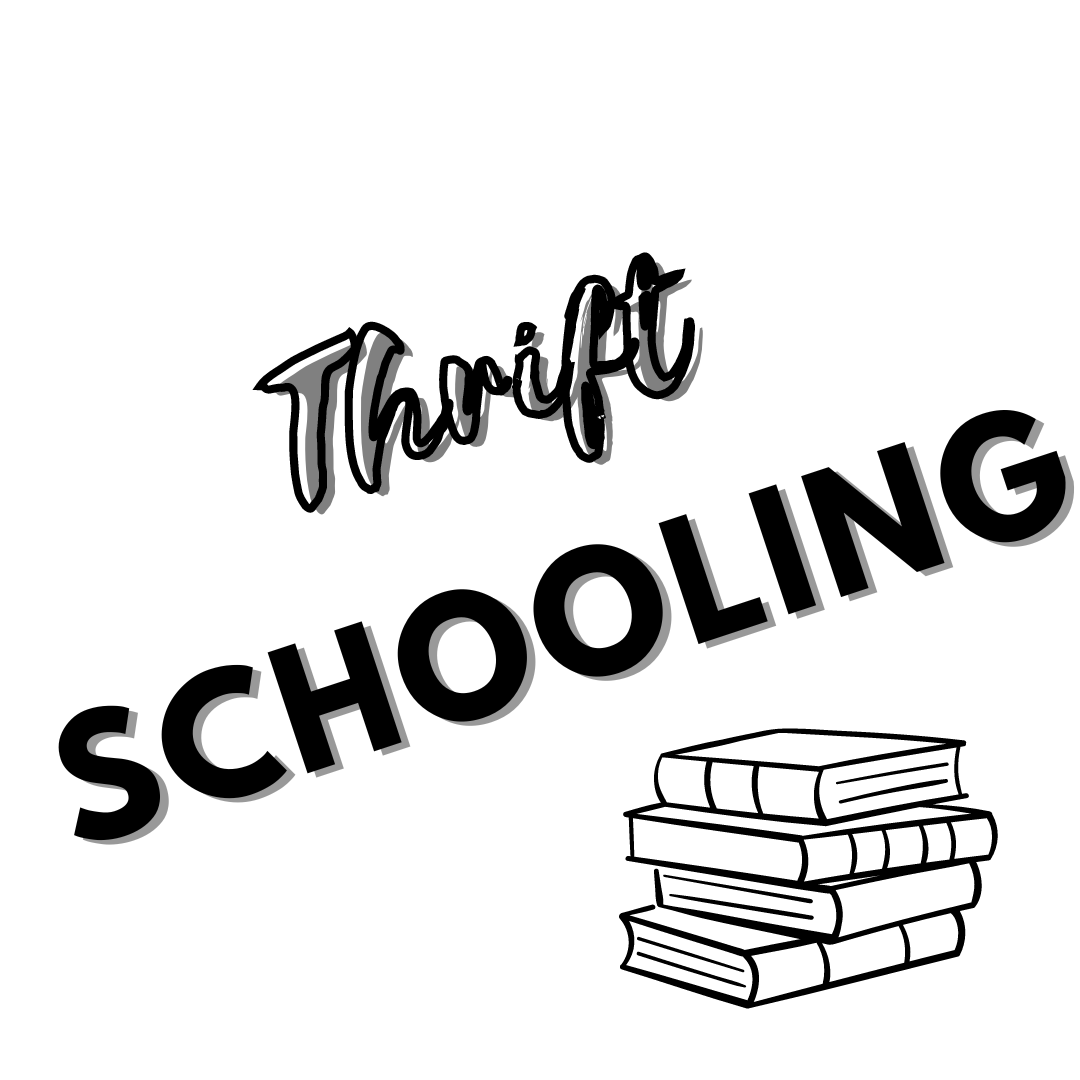The following is a guest post written for Thrift Schooling by Paul of YourHearing
Teaching Techniques for Deaf Children
Whilst there are special schools established for children with hearing impairments, it is the goal of the National Deaf Children’s Society to bring deaf children into the classroom with other children their age. It is their contention that Inclusion should be the underlying educational model and that including children in classroom activities is vital to their development. Because of this, teaching techniques for deaf children aim at allowing for their growth within a group of pupils without impairments.
National Curriculum Sets Criteria for Teachers
With the goal of ‘inclusion’ in mind, the National Curriculum has identified three underlying principles for teachers to follow when working with deaf children. All techniques are developed around these principles which are:
- Learning challenges must be set realistically (suitable challenges)
- Being able to respond to a diversified group of pupils with varying levels of needs
- Focusing on overcoming the potential barriers which hinder learning in individuals and groups
Innovations Used by Teachers in the United States
Before discussing standards in the National Curriculum, it is noteworthy to mention new techniques developed by teachers in the United States. As of the past several years, teachers have developed a combination of visual phonics and one-on-one instruction. It has long been known that vowel sounds are the most challenging to teach the hearing impaired or deaf children so they have developed methods of using their fingers to help pupils differentiate long from short vowels.
Based on the methods of a former deaf educator, Beverly Trezek who is now a professor at DePaul University, teachers use visual clues to indicate whether a vowel sound is long or short during lessons. It was always the assumption that deaf children couldn’t learn phonics in the same way as those without impairment, but with this new method of visual clues deaf pupils are learning phonics as well.
Areas of Focus Established by the National Curriculum
When establishing teaching techniques for deaf children, the broad focus has eight different ‘categories’ and a ninth being any combination of the previous eight. The techniques teachers should utilise, not necessarily in this order, are:
- Lipreading
- Listening
- Gestures
- Facial Expression
- Mime
- Speech
- Writing
- British Sign Language
Combining the American innovations discussed above with the National Curriculum strategies, teaching techniques for deaf children can be greatly enhanced. Whether the pupil wears a hearing aid or is totally deaf, each of these techniques can be modified to that child’s particular needs. Bearing in mind that lipreading takes a great deal of guess work on the child’s part, make the lesson fun by using mime, facial expressions and gestures to help them learn.
Keep classes small and provide individual therapy/lessons. The more fun you can have with your pupils whilst helping them learn the art of communication, the more successful you will be with teaching techniques for deaf children – and remember, they are children after all so be patient above all else.
Bio: Paul from YourHearing enjoys helping children with hearing impairments learn to communicate in the world around them. Some children need less help than others because they are only partially impaired and can benefit from hearing aids. Others need maximum instruction and support.
